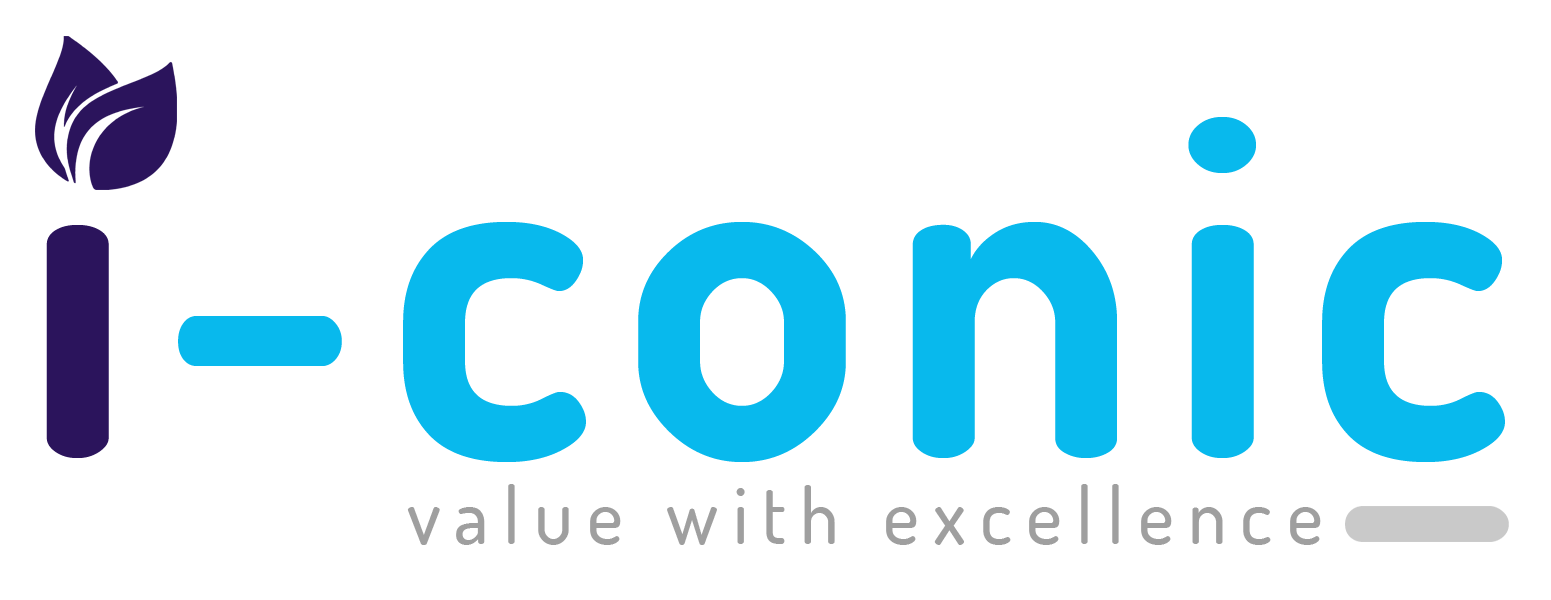Medicare Part D plays a crucial role in making prescription medications more affordable for seniors and individuals with disabilities. Many beneficiaries face financial challenges due to rising drug prices. In 2025, new regulations under the Inflation Reduction Act (IRA) will take effect, introducing significant updates to the program. These updates will eliminate the coverage gap, set annual spending limits, introduce a payment scheduling option, expand the Extra Help program, and implement Medicare drug price negotiations. Understanding these changes is essential for beneficiaries to make informed decisions about their prescription coverage.
New Rules for Part D Prescription Coverage
The 2025 Medicare Part D program introduces multiple regulatory changes aimed at protecting beneficiaries from high prescription drug costs. The most notable updates include:
Elimination of the Coverage Gap (Donut Hole)
Before 2025, Medicare Part D included a coverage gap, known as the “donut hole,” where beneficiaries had to pay a higher share of their prescription costs. Starting in 2025, this gap will be eliminated, ensuring a smoother cost-sharing experience. This change will simplify payment responsibilities and prevent unexpected increases in out-of-pocket expenses. Beneficiaries will transition seamlessly between initial coverage and catastrophic coverage without the financial burden of the previous gap.
Annual Cap on Out-of-Pocket Costs
For the first time in Medicare Part D history, an annual out-of-pocket spending cap of $2,000 will be introduced. Once beneficiaries reach this limit, they will no longer be required to make additional payments for prescription drugs for the remainder of the year. This cap provides significant financial relief, particularly for those managing chronic conditions requiring costly medications.
Payment Smoothing Option
A new payment smoothing feature will allow Medicare Part D enrollees to spread their prescription drug costs over the course of the year rather than making large lump-sum payments. This option helps beneficiaries manage their healthcare expenses by enabling predictable, manageable monthly payments. Seniors on fixed incomes will especially benefit from this feature, as it minimizes financial strain from unexpected medical costs.
Expansion of the Extra Help Program
The Extra Help program, which assists low-income Medicare beneficiaries by covering Part D premiums, deductibles, and copayments, will expand in 2025. The income eligibility threshold will increase, allowing more individuals to qualify for this financial assistance. Many beneficiaries who previously received partial benefits will now receive full subsidies, significantly reducing their prescription drug expenses.
Medicare Drug Price Negotiations
Starting in 2025, Medicare will begin negotiating the prices of high-cost prescription drugs. This marks a significant policy shift, as Medicare was previously restricted from directly negotiating drug prices with pharmaceutical companies. While the full impact of these negotiations will unfold over time, they are expected to generate substantial savings for beneficiaries by lowering the cost of select medications.
Costs Associated with Part D Prescription Coverage
The introduction of a $2,000 annual out-of-pocket maximum will provide major cost relief for beneficiaries who previously faced high medication expenses. The removal of the coverage gap ensures that unexpected spikes in prescription costs are eliminated. Additionally, the expansion of the Extra Help program makes financial assistance available to a broader group of beneficiaries. While Medicare drug price negotiations have the potential to lower healthcare costs, the extent of these savings will depend on the specific medications selected for price reductions. Beneficiaries who opt for the payment smoothing feature will benefit from improved financial stability by distributing costs more evenly throughout the year.
Benefits of Part D Prescription Coverage Changes
The 2025 updates to Medicare Part D offer several key advantages:
- Elimination of the coverage gap: Simplifies cost-sharing and prevents unexpected financial burdens.
- $2,000 out-of-pocket cap: Makes healthcare costs more predictable and manageable.
- Payment smoothing option: Provides better budget flexibility for seniors and individuals with fixed incomes.
- Extra Help expansion: Increases accessibility to financial assistance, improving medication affordability for low-income beneficiaries.
- Medicare drug price negotiations: Contributes to long-term cost reductions, making essential prescriptions more affordable.
Additionally, medical billing professionals will play a vital role in guiding beneficiaries and healthcare providers through these changes, ensuring that they maximize their benefits and minimize costs.
What’s Next?
As these changes take effect in 2025, Medicare beneficiaries should actively review their Part D plans and explore new plan options. Those eligible for the expanded Extra Help program should apply as soon as possible to take advantage of additional financial assistance. Healthcare providers and pharmacists should educate patients on optimizing their coverage and cost-saving opportunities. Beneficiaries should also stay informed about the specific medications targeted for price negotiations, as these changes will influence prescription drug costs moving forward.



